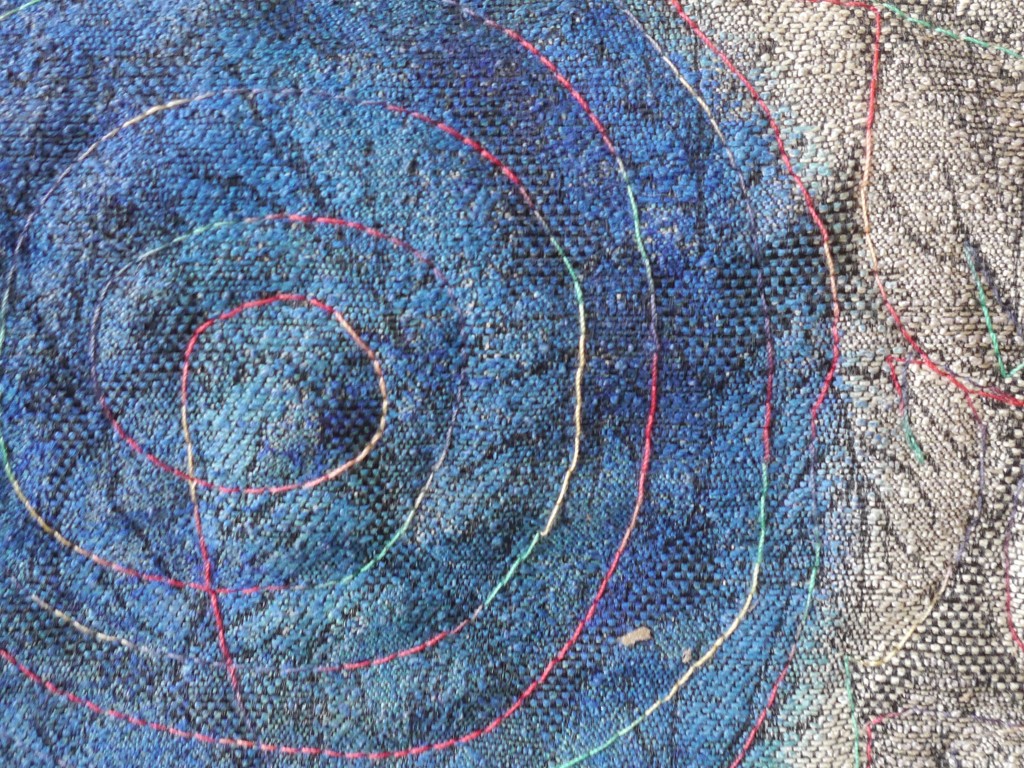** Books mentioned have Amazon affiliate links, meaning I make a few cents if you purchase through my link. I only recommend books that I’ve read.
This post is based on a webinar called Listening to Our Eyes: Seeing as Meditation (The Center for Contemplative Mind in Society – 30 mins). In this post, I will highlight some of the main points. But first, some background.
As a kid, I loved to draw, however, I would copy existing drawings, especially cartoons. I didn’t think I could draw from my imagination. For awhile, I thought I might like to be an architect because I was good in Math and liked to draw. I stuck with the Math but gave up the drawing.
Much later in life, I discovered a love for photography. It made sense to me that I would photograph as an art, because I couldn’t draw or paint. At one point, an acquaintance suggested I take a drawing class – that it would help me with composition for photography – so I did.
The class was based on the phenomenal book, Drawing on the Right Side of the Brain by Betty Edwards. I learned from this class that anyone can draw – yes, even you and me. I did learn aspects of drawing that helped me with my photography, especially in terms of visual design, what to include and what not to include, and how to see. The final chapter of the book introduced me to Frederick Franck, artist and author of the classic book, The Zen of Seeing: Seeing/Drawing as Meditation.
Frederick Franck has since become one of my heroes (he passed away in 2006). In 2007, I was able to visit his home in Warwick, New York where he and his wife, Claske, created a sanctuary of peace and art called “Pacem in Terris.” It was from Franck that I learned of the Hui Neng quote, “The meaning of life is to see.”
Franck was not a fan of photography. He felt that drawing was the best form of active meditation because it was slow. It is true that the camera can become a barrier between photographer and subject, especially when we shoot too quickly. I have found, though, that the camera can be a tool for slow, contemplative practice if used in the proper way. Most professional photographers have learned to slow down, to see, and to compose in such a way that expresses what they see.
Video Summary (and how it relates to photography)
* “Looking at the world with new eyes can begin the real voyage of discovery and reflection and meditation.”
* “We often look at things but we rarely have the ability to really see.”
* “The act of drawing is the most direct way we can learn from the object or nature. We give praise and acknowledgement to the truth of our observation. To draw what we see, we need to feel connected to it. We become what we see. We imbue dignity on what we see. The pen or the pencil become an extension of the heart.” (I believe the camera can too.)
* Learning to see negative space (the space between things) connects us to the right side of our brains.
* 7 Attitudes of Drawing (photographing): Non-judging, patience, beginner’s mind, trust, non-striving, letting go.
* Seeing Exercise: Illustrate a poem with your drawing or photograph. He uses the poem, Thirty Spokes by Lao Tzu, as an example.
* Seeing Exercise: People watching. Focus on one aspect, like the foot. Watch how it moves.
* The importance of just being there (the pause) before beginning the drawing or taking the photograph. This allows us to draw or photograph what we see (true perception), not what we think we know and see (symbols).

Thank you for sharing such an incredible post. I just finished “Listening to our Eyes” and am so inspired. I always enjoy your posts as I am also a lover of miksang and wabi-sabi!